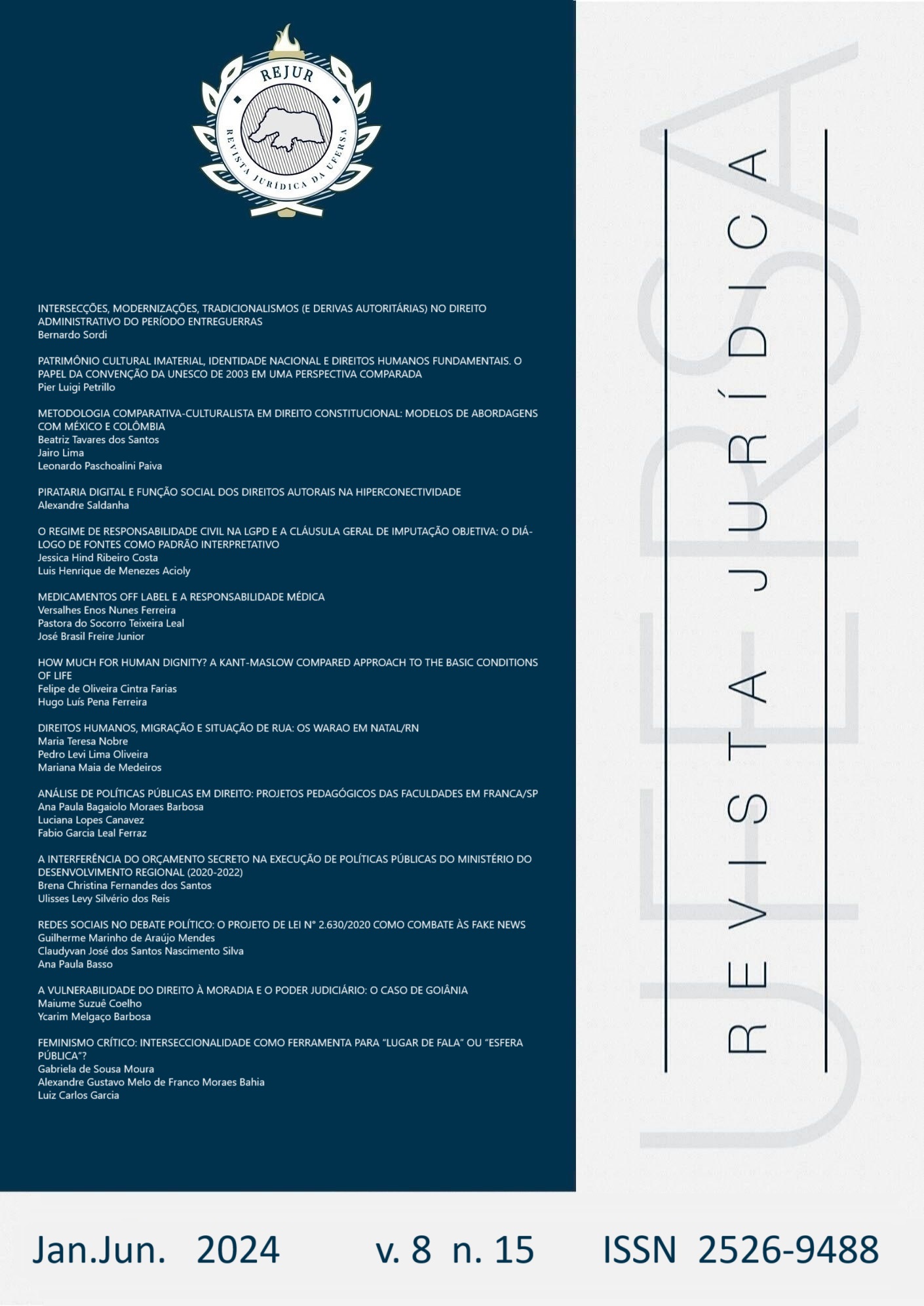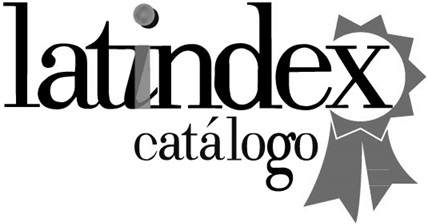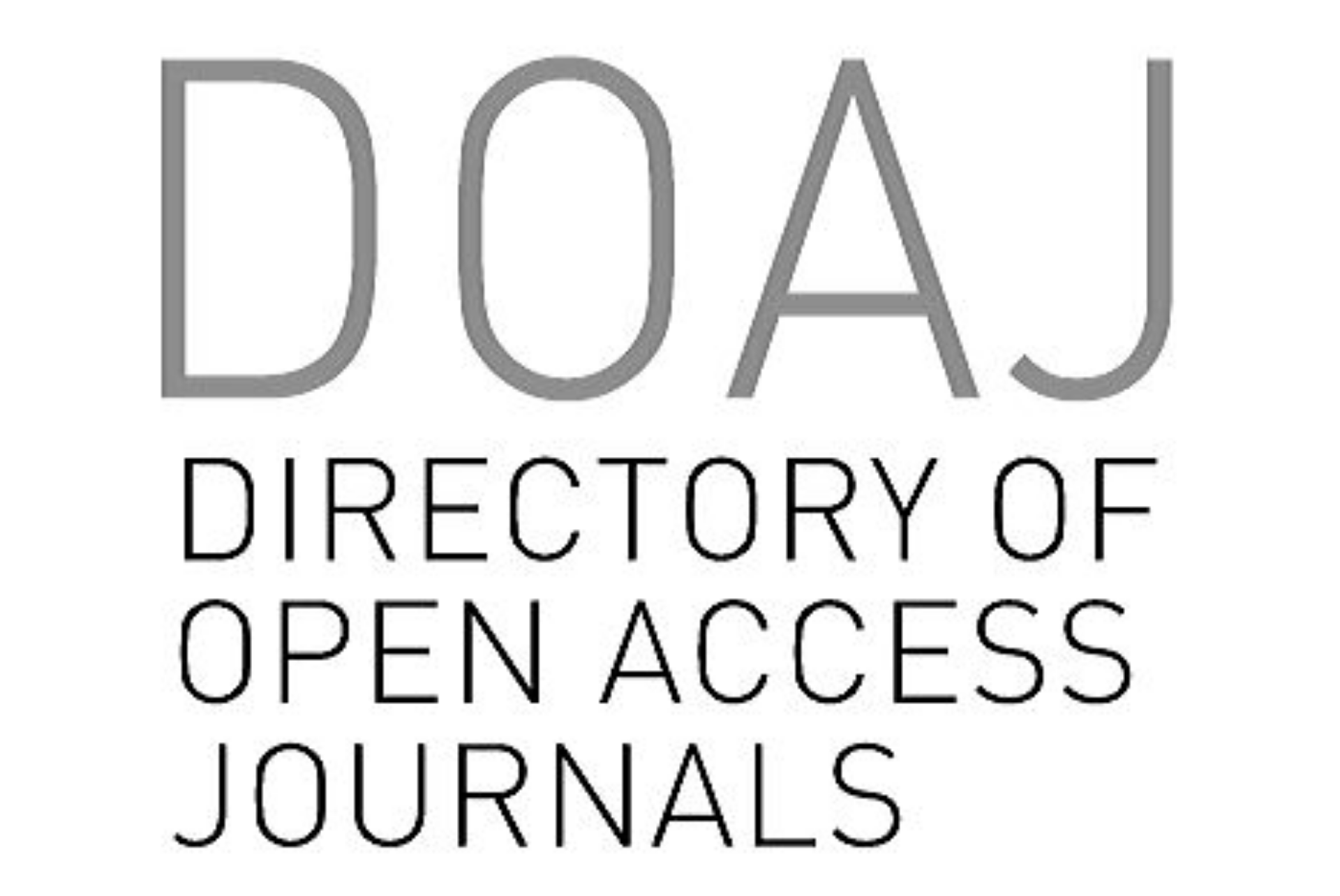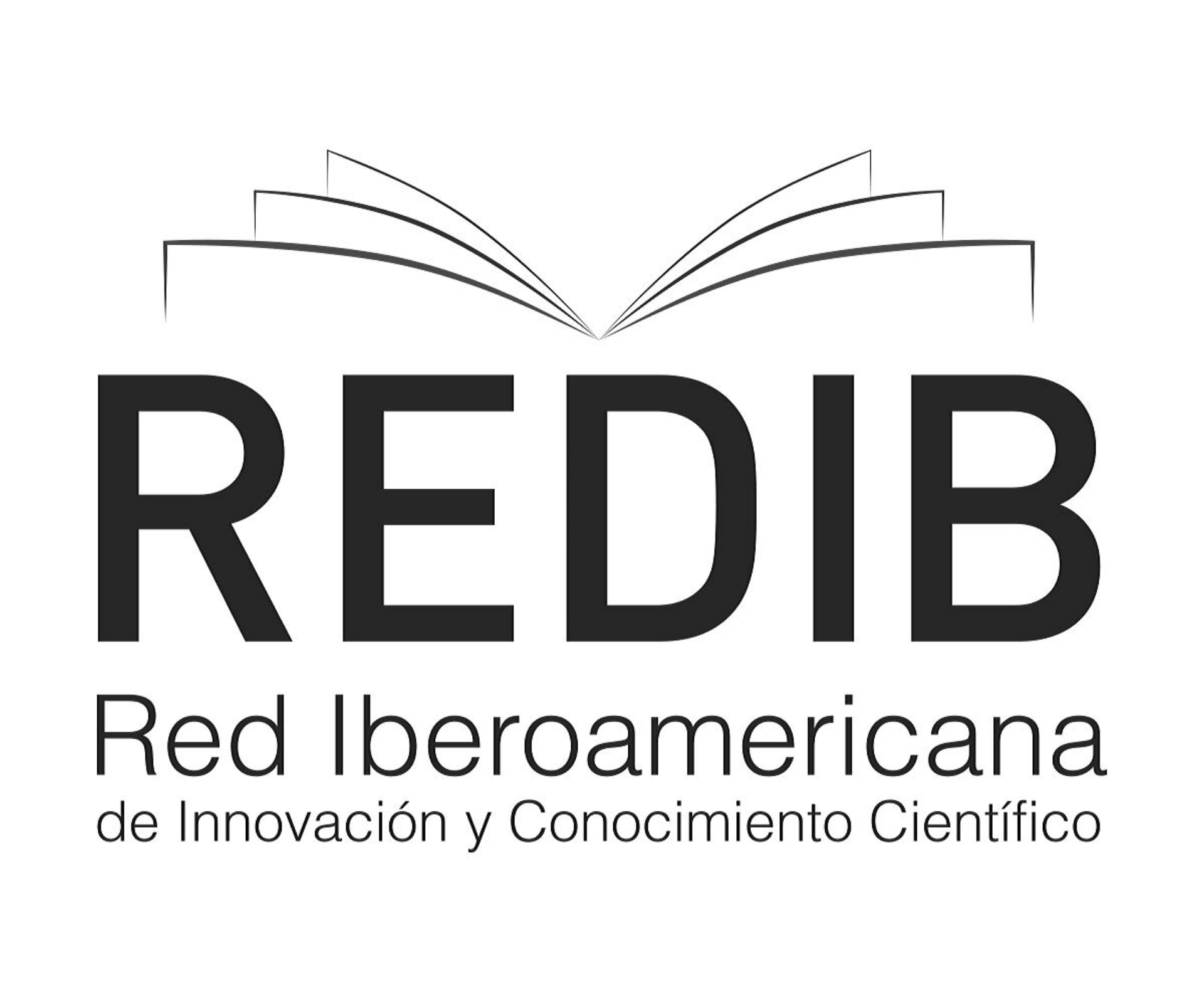INTERSECTIONS, MODERNIZATION, TRADITIONALISM (AND AUTHORITARIAN DRIFTS) IN INTERWAR ADMINISTRATIVE LAW
DOI:
https://doi.org/10.21708/issn2526-9488.v8.n15.p1-23.2024Abstract
The text analyzes the evolution of administrative law in the period between the two World Wars, highlighting the transition from a liberal to an interventionist state, with a focus on administrative reforms and legal thinking. This change is marked by the blurring of the boundaries between public and private, where the state not only exercises command, but also adopts elastic forms of private law for the management of public administration. There has been an expansion in the activities of public entities which, despite increasing their powers, often do so using the organizational forms and legal regimes of private law. The text discusses how this hybridization between public and private reflects the complexity and challenges faced by administrative law in the context of modernization and authoritarianism in the inter-war period, leading to a redefinition of the functions and structure of public administration.
Downloads
Published
Issue
Section
License
Copyright (c) 2024 UFERSA's Law Review

This work is licensed under a Creative Commons Attribution-NonCommercial-NoDerivatives 4.0 International License.
Ao enviarem seus artigos, os autores concordam com os seguintes termos: 1. Cede-se à REJUR, gratuitamente e sem regime de exclusividade, seus direitos autorais; 2. Confere-se à REJUR os direitos de primeira publicação, permitindo-se o livre compartilhamento dos artigos veiculados em formato PDF; 3. Divulgações posteriores em periódicos, livros, obras coletivas ou eventos de qualquer natureza devem fazer referência à REJUR como meio de publicação original; 4. Os autores são responsáveis pelo conteúdo constante de seus textos; 5. o trabalho será licenciado também sob a Licença Creative Commons Atribuição-NãoComercial-SemDerivações 4.0 Internacional.













